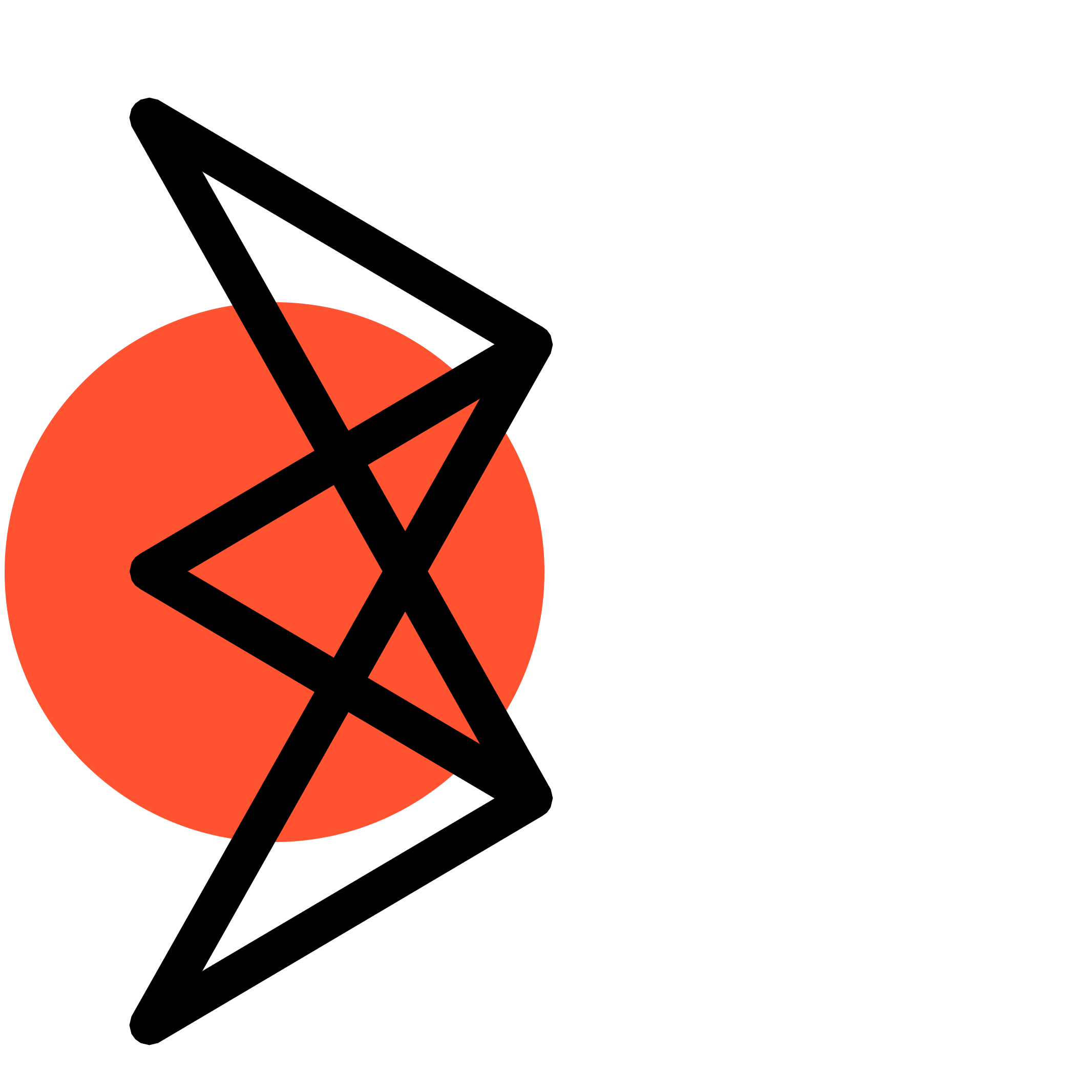Remember that Hiding Secrets is Hard [Principle 8]
Security is often about keeping secrets. Users don’t want their personal data leaked. Keys must be kept secret to avoid eavesdropping and tampering. Top-secret algorithms need to be protected from competitors. These kinds of requirements are almost always high on the list, but turn out to be far more difficult to meet than the average user may suspect.
ML system engineers may want to keep the intricacies of their system secret, including the algorithm and model used, hyperparameter and configuration values, and other details concerning how the system trains and performs. Maintaining a level of secrecy is a sound strategy for improving the security of the system, but it should not be the only mechanism.
Past research in transfer learning has demonstrated the ability for new ML systems to be trained from existing ones. If transfer learning is known to have been applied, it may facilitate extraction of the proprietary layers trained “on top” of the base model. Even when the base model is not known, distillation attacks allow an attacker to copy the possibly proprietary behavior of a model using only the ability to query the ML system externally. As a result, maintaining the secrecy of the system’s design requires more than simply not making the system public knowledge.
A chief concern for ML systems is protecting the confidentiality of training data. Some may attempt to “anonymize” the data used and consider that sufficient. As the government of Australia discovered in 2017, great care must be taken in determining that the data cannot be deanonymized1. Neural networks similarly provide a layer of anonymization by transforming confidential information into weights, but even those weights can be vulnerable to advanced information extraction techniques. It’s up to system engineers to identify the risks inherent in their system and design protection mechanisms that minimize security exposure.
Keeping secrets is hard, and it is almost always a source of security risk.
Read the rest of the principles here.
1. Culnane, Chris, Benjamin Rubinstein, Vanessa Teague. “Understanding the Maths is Crucial for Protecting Privacy.” Technical Report from Department of Computing and Information Systems, University of Melbourne. (Published Sept 29, 2016; Accessed Oct 28, 2019.)

0 Comments